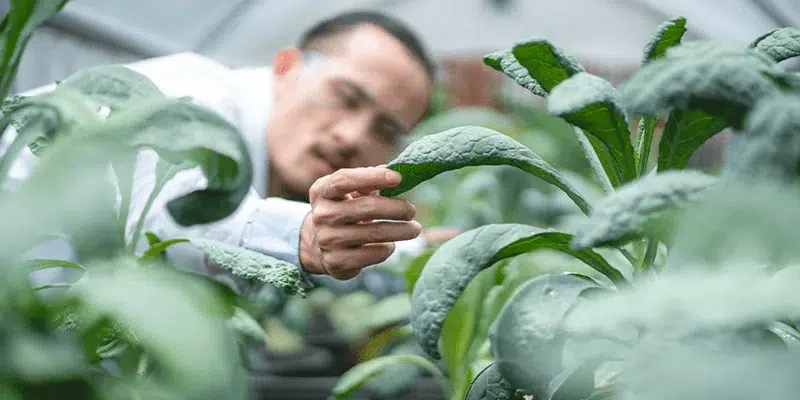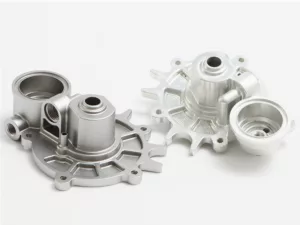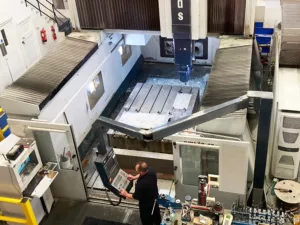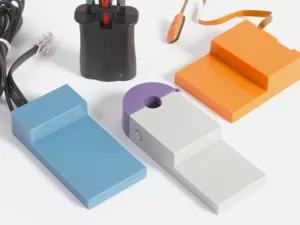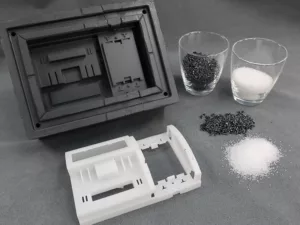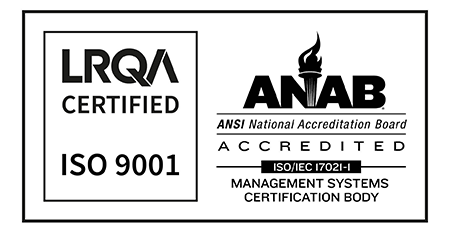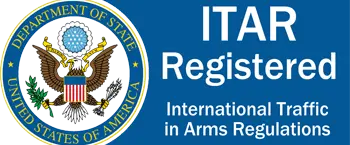The development of biosensor technologies has become increasingly important for the detection of plant pathogens. When your company already has the software and product for it, you can optimize the manufacturing process or create a Low Volume Production run to further test the market response.
ARRK North America Inc. can guide your company through the entire process, from End-to-End, this means from design to production of your product, including its assembly and logistical distribution of your agricultural industry products.
Navigating the Main Challenges in the industry with the right support
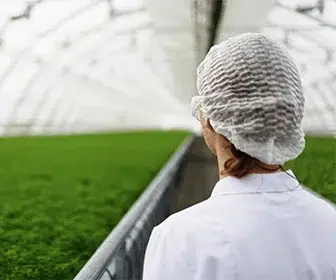
The most common methods used for detecting plant pathogens are based on ELISA, DTBIA, PCR, RT-PCR, and dot blot hybridization. These methods are usually performed by laboratory personnel, but they are laborious and require sophisticated equipment, in addition, the results obtained from these methods may take several days to obtain.
Making the main challenge associated in the agricultural industry with field detection and quantification of plant pathogens, showing there is a lack of standardized protocols for sample preparation and extraction methods.
Another issue is the fact that most of the current molecular approaches rely on the amplification of nucleic acids extracted from the samples. This implies that the presence of inhibitors in the sample may affect the efficiency of the amplification step.
This makes it difficult to compare results obtained from different laboratories using different sampling procedures. Making it a challenging process of being able to quickly detect disease on any plant to become helpful for it to grow successfully; one of the new ways to reliably determine if our plants are suffering from a disease is by implementing a “biosensor disease detection”.
Important Biosensors for plant pathogen detection
These sensors can be classified into two main types:
- Optical Biosensors: Optical methods rely on fluorescence, luminescence, surface plasmon resonance, Raman spectroscopy, and chemiluminescence, this method involves the use of amperometric, potentiometric, impedimetric, conductometric, and voltammetric transducers. The most common optical technique used for detecting biological molecules is surface plasmon resonance (SPR). This involves measuring changes in the refractive index at the interface between two materials due to the adsorption of biomolecules, SPR has been applied to the detection of many different types of biomolecules, including proteins, nucleic acids, carbohydrates, lipids, and other small molecules, etc.
- Electrochemical biosensors: It is one of the most widely used analytical devices due to its simplicity, versatility, and cost-effectiveness, in addition, it has been applied to many areas including clinical diagnosis, environmental monitoring, food safety, and biotechnology. This review focuses on recent advances in electrochemical biosensors based on nanomaterials, which provide improved sensing performance through an enhanced surface area, signal amplification, and target recognition.
The main advantage of these techniques is their simplicity by allowing rapid and sensitive detection of pathogens in plants without any sample preparation; this approach has been successfully applied to identify viruses, bacteria, and fungi in different plant samples.
Work with an expert team in Optical properties for your tools for detection
When looking for a production plan for these types of sensors detection systems, ARRK North America Inc. is the best option; offering a flexible production plan is excellent in this type of industry where products tend to evolve rather quickly and need reiteration of diagnostic methods of organic compounds.
Part of our expertise comes in optical, lighting, and laser technology, making us an expert team to keep up the reliability and quality responsiveness in your market. If you want to develop and make your design a reality, contact the ARRK team ready to provide rapid prototyping, Low Volume Production, Urethane Casting, 3D printing, CNC machining, Tooling, and Injection Molding.
We also offer many different production processes that can adapt to any budget and get a high-quality finish in the products, for more information on our services, including optimizing your schematic illustration design.
